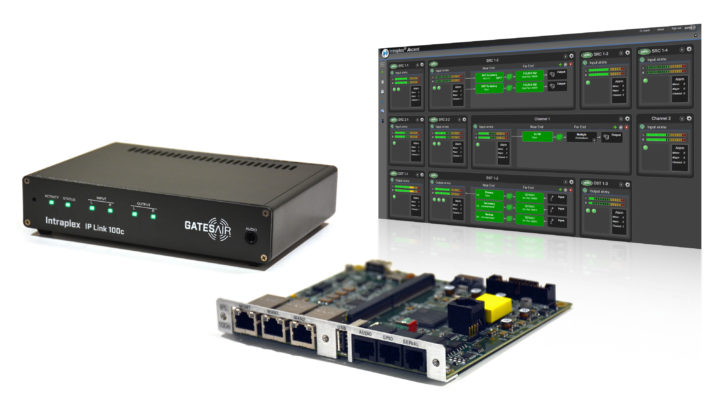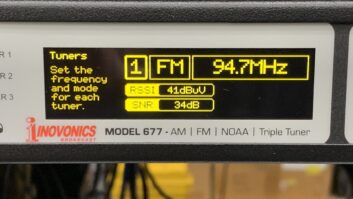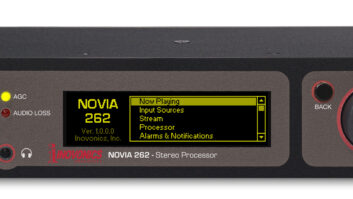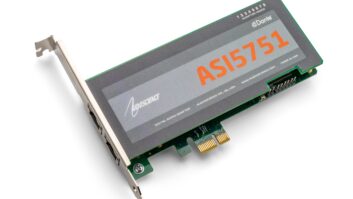In Radio World’s Aug. 3 issue, the Buyer’s Guide section focuses on audio transport, including codecs and STLs.
GatesAir offers the Intraplex line of products for applications that require reliable signal transport. Keyur Parikh is vice president, engineering.
Radio World: What is the most important trend for radio broadcasters in how codecs are used to transport audio?

Keyur Parikh: The use of IP-based networks for broadcast audio transport is particularly sensitive to reliability and security of the signal, and far more than telephony applications. Therefore, robustness and security of audio continues to be an ongoing trend.
Besides this, customers are looking for highly integrated feature sets within the audio codec to avoid having multiple separate functional boxes, such as an audio processor or GPS unit.
Finally, more broadcasters are migrating to the cloud. We now see audio codecs that are built on a software platform that can be installed on a virtual machine or a container. This is especially true for high-density audio codecs.
RW: What is the latest introduction from Intraplex?
Parikh: We continue to introduce new models to the Intraplex IP Link family, all of which have highly integrated feature sets.
Our IP Link 100e module and cost-efficient IP Link 100c codec were introduced at the NAB Show. Both are embedded single-channel full-duplex IP audio codecs, built on a purpose-built hardware platform with powerful software processing engines. Both share a common hardware and software core with different form factors. The IP Link 100e plugs into our Flexiva line of FM transmitters, and the IP Link 100c is a half-rack unit.
In 2020, GatesAir also introduced the Intraplex Ascent platform, which is a cloud-enabled multi-functional software platform with a high-density audio codec as well as video and audio distribution functions.
All platforms support three or more IP network interfaces and support Intraplex’s Dynamic Stream Splicing to take advantage of multiple diverse IP networks.
[Read More Buyers Guide Reviews Here]
In addition, the new products support Secure Reliable Transport (SRT) protocol to provide the added reliability and security of content with AES encryption. Also, all new products support 10-band state-of-art audio processing capability, which is powered by ATC Labs SoundMax technology. Both new embedded products also support built-in support for GPS for FM SFN applications.
Having the built-in GPS and audio processing capabilities, in addition to all the reliability and security capabilities, significantly reduces operational cost.
GatesAir will continue to expand the capabilities of audio transport and signal monitoring. We are working on several new features which will be released over the next few months to help broadcasters streamline their operations.

RW: Intraplex recently announced the addition of ATC processing, as you mentioned, and native Livewire support to certain models. Why is this notable?
Parikh: They exemplify how the Intraplex brand continues to evolve. The Livewire capability extends Intraplex into the studio networking space. Ascent can now ingest and output multiple LiveWire+ audio channels directly via IP without the need for conversion equipment, which adds a new layer of scale and efficiency for radio broadcasters managing many digital audio channels between studios. And the ATC Labs partnership allows us to integrate audio processing within our codecs.
RW: Can you give an example of recent applications?
Parikh: All of these products have been utilized in several projects, ranging from C-band replacement, high-density studio-to-studio audio transport and wide-scale distribution where a single Ascent feed audio streams to a larger number of hardware-based IP Link hardware codecs.












